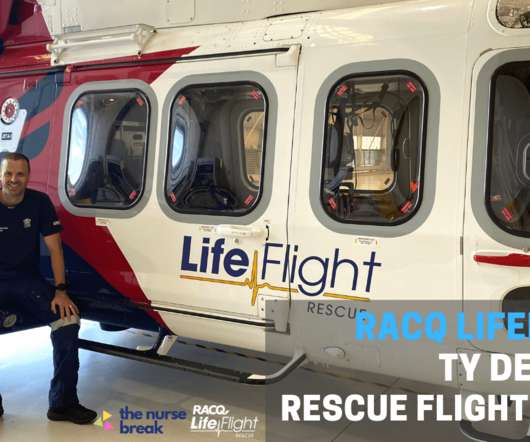Risk of Respiratory Failure Evolves After Sepsis Onset
Daily Nurse
SEPTEMBER 11, 2023
An analysis of 10 years of health data showed that risk factors for needing mechanical ventilation changed for patients with newly diagnosed sepsis as more time passed after onset. of patients with a new diagnosis of sepsis required initiation of mechanical ventilation. of patients. In the study, 13.5%













Let's personalize your content